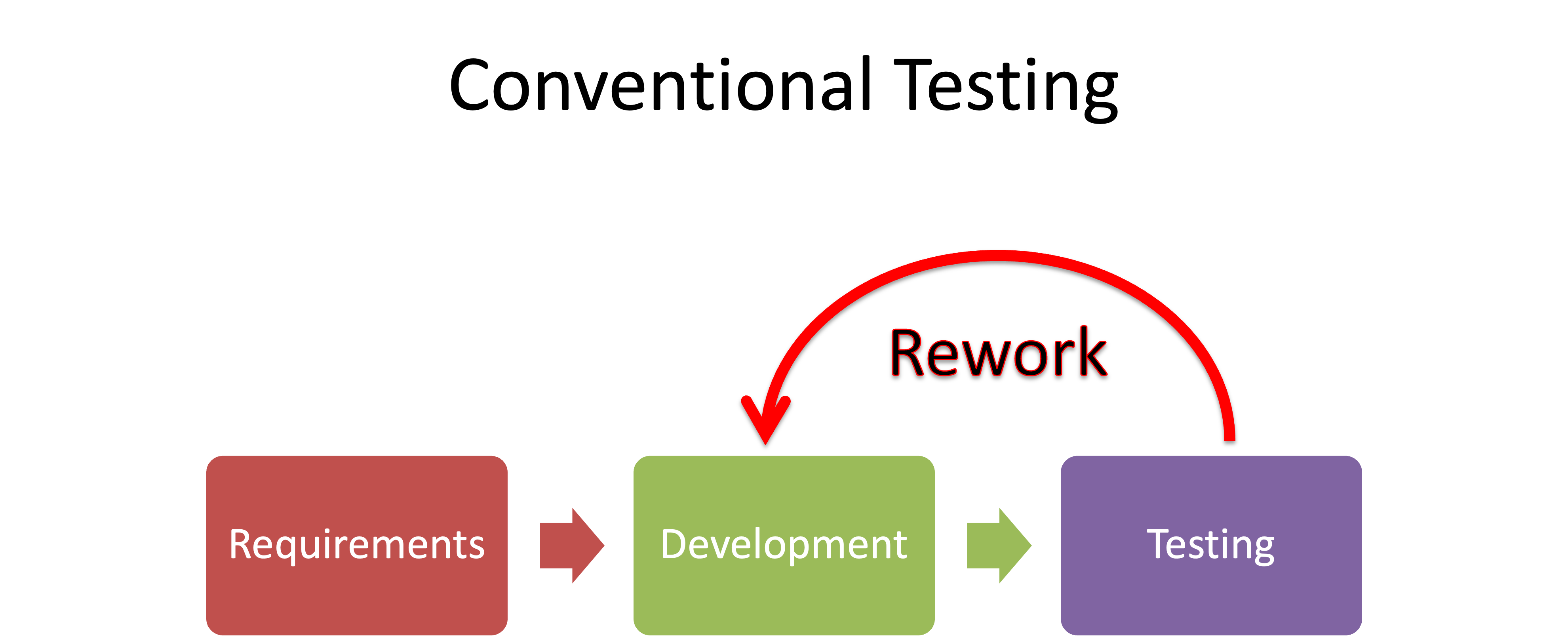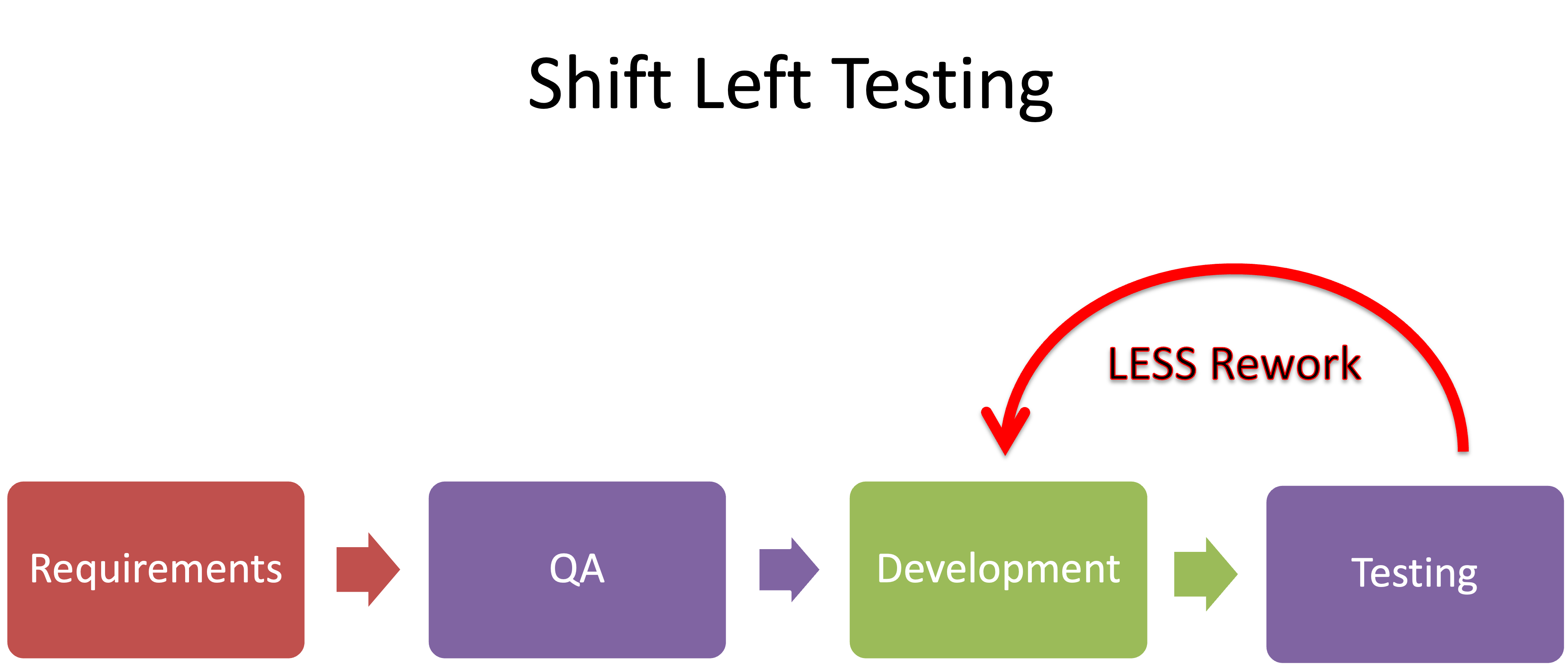Building Trust at the Speed of AI
Why Testing Must Shift Left
The Bottleneck We Built Ourselves
Most organizations still treat quality assurance as the final gate before release. It’s a structural habit baked into how teams, budgets, and incentives are arranged. Developers get measured by how much they ship; QA gets measured by how many defects they catch. The result is a sequence of handoffs that hard-codes delay and conflict into the process.
As deadlines loom, development races ahead, and QA becomes the bottleneck everyone dreads. Testers work reactively, developers move on, and leadership watches schedules unravel. When issues inevitably appear, releases freeze, fingers point, and trust between teams erodes. What should be a shared pursuit of quality turns into a tug-of-war over accountability. This cycle leaves no space for experimentation or learning—just firefighting and finger-pointing when issues emerge at the worst possible moment.

Even with the arrival of generative AI, most teams simply automate old habits. AI speeds up code writing, but it can’t repair a broken workflow. This isn’t a people problem but a process design problem. When QA stays stuck at the end, GenAI merely helps us create defective software faster.
When quality is something you verify after the fact, you’ve already paid the price for getting it wrong.
When Speed Meets Fear
When testing happens at the end, even the smartest technology can’t save the process. Generative AI may accelerate coding and automate test creation, but it still inherits the same structural flaw: feedback arrives too late to matter. Teams end up building faster but learning slower and the entire organization starts to move slower. Developers rush to finish features, only for QA to uncover critical flaws days before release. Each discovery sets off a chain reaction—emergency triage meetings, rollbacks, and finger-pointing. Momentum drains away as product leaders hesitate to approve the next release, fearing another public failure.
Meanwhile, customers notice. Support tickets multiply, negative feedback surfaces online, and confidence erodes both inside and outside the company. Over time, the fear of breaking things replaces the drive to improve them. Teams that once moved boldly now play defense polishing old defects instead of shipping new value. Innovation stalls not because of talent, but because late QA turns every improvement into a risk. Delivery slows, innovation stalls, and AI tools—meant to unlock speed—become part of a workflow defined by rework and caution. When quality lags behind development, fear replaces flow—and the organization starts managing anxiety instead of progress.
This erosion of speed, trust, and morale has a direct financial cost. Every rework cycle burns time and budget, every delayed launch defers revenue, and every visible failure chips away at credibility.
When AI speeds-up a broken process, it doesn’t create progress. Instead it just multiplies the waste faster.
Rewiring for Flow: How Shift-Left Restores Confidence
The way out of this loop isn’t to add more layers of testing but to move testing closer to where the work begins. One way to avoid this is by implementing Shift Left testing.
Shifting left refers to bringing the testing stage of the software development life cycle (SDLC) earlier into the process. This means earlier integration of testing operations with information gathering, design, and development requirements.

Shift-left isn’t just a slogan; it’s a redesign of how teams think about quality, ownership, and time. When QA and development start together, every functional, architectural, or design decision gets a built-in quality lens from day one.
In practice, this means breaking the wall between building and validating. QA engineers sit alongside developers during design discussions, shaping testability before a single line of code is written. Developers write unit and integration tests as they code, while CI/CD pipelines provide instant feedback. GenAI tools then act as amplifiers, generating test cases, simulating edge conditions, and suggesting fixes—turning insight into action in minutes, not weeks.
The cultural impact is immediate. Teams learn faster, releases feel safer, and accountability becomes shared instead of siloed. Automation handles the routine; humans focus on reasoning, exploration, and improvement. GenAI doesn’t replace testers or developers—it makes collaboration visible, continuous, and measurable.
Shift-left is where speed and quality finally meet because the smartest teams let technology reinforce trust, not just velocity.
From Testing to Quality Assurance Culture
When testing shifts left, the organization begins to breathe again. Workflows stabilize, feedback loops shorten, and teams rediscover confidence in their own rhythm. Instead of reacting to defects, they prevent them. Instead of dreading handoffs, they co-create solutions. The energy once spent on rework turns into capacity for exploration, experimentation, and learning.
The payoff is cumulative. Efficiency improves not through speed alone, but through clarity—fewer surprises, fewer reversals, fewer emergency weekends. Morale lifts as teams see quality emerge from collaboration rather than correction. Developers trust their changes again; testers become catalysts for better design; leaders see delivery predictability return. Each release strengthens both capability and culture.
Generative AI becomes the multiplier of this momentum. By embedding GenAI into every stage i.e.requirements, design, testing, it helps surface risks early and reinforce best practices naturally. It significantly elevates the overall quality and reliability of software products. Its ability to simulate diverse scenarios, assess security vulnerabilities, and predict performance bottlenecks redefines the proactive approach to quality assurance. The result is not just faster delivery, but a smarter, calmer organization that learns continuously instead of lurching from one crisis to another.
Shift-left turns quality from a department into a shared habit and that habit becomes your most scalable form of innovation.
Next Steps
Start small but start now. Bring QA into your earliest conversations—requirements, design, and risk planning.
Automate what slows you down, and use GenAI not just to test faster, but to think earlier.
Track how often defects are caught before code review; that’s your first signal of true shift-left progress.
The sooner you move quality to the left, the sooner your organization moves forward with confidence.

Dimitar Bakardzhiev
Getting started


